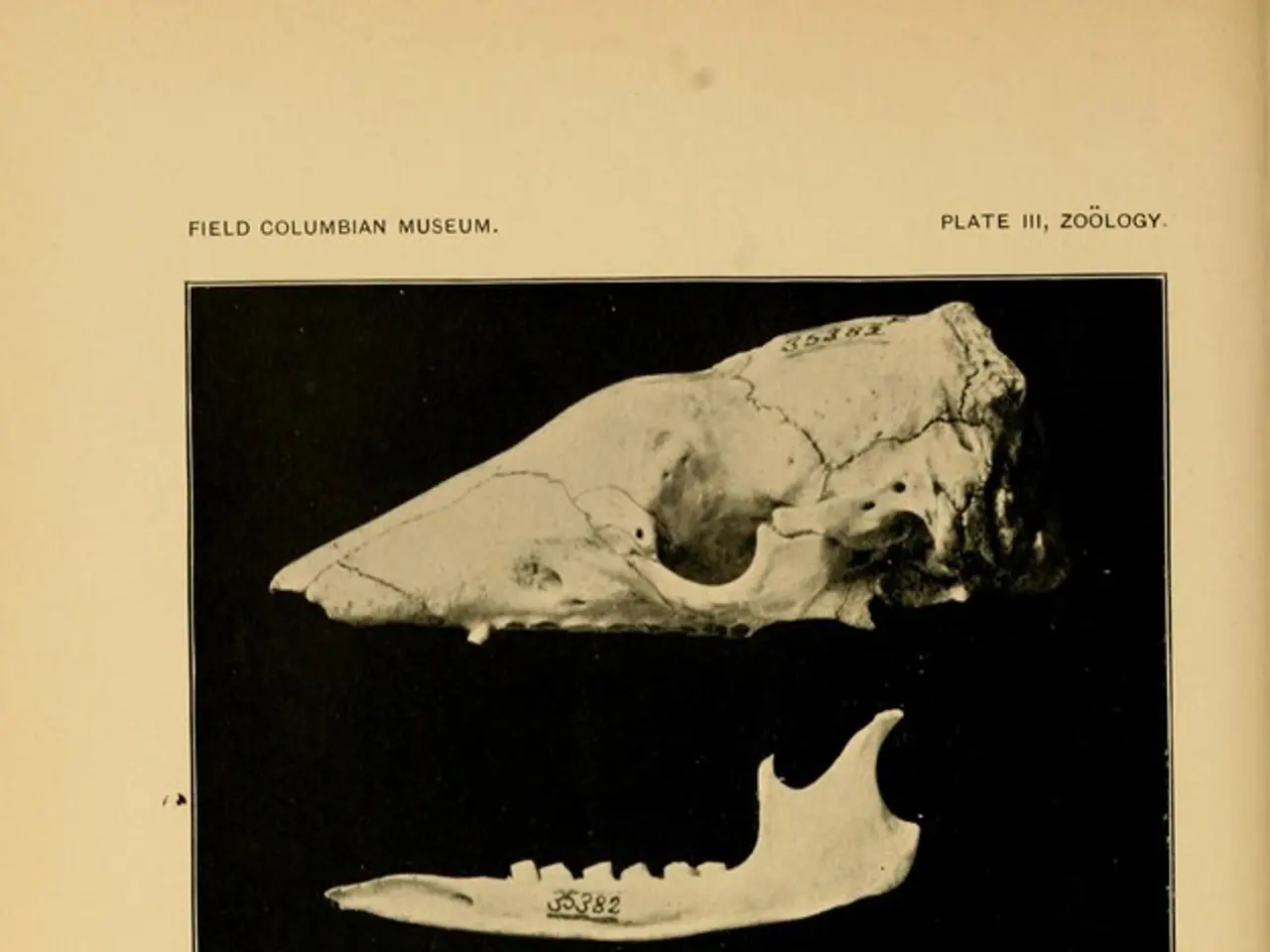Bone Mending Procedures: Risks, Consequences, and Recovery Duration
In the realm of medical care, repairing bone fractures is a delicate yet vital process. The approach to treating a fractured bone depends on various factors, including its location, type, and severity, as well as patient-specific factors.
### Non-Surgical Treatment
For many fractures, especially those where the bones are not displaced, immobilization is sufficient. This typically involves a cast, splint, or special boot to keep the bone from moving and allow the natural healing process to take place. In cases where the bone fragments are displaced but suitable for non-invasive correction, doctors perform closed reduction - manually manipulating the bone fragments back into proper alignment without surgery, followed by immobilization with a cast or splint.
### Surgical Treatment
Surgery is usually indicated when fractures are displaced, unstable, or involve joints or complex bones. The main surgical methods include Open Reduction and Internal Fixation (ORIF), plate fixation, intramedullary nailing, pinning or wiring, and in some cases, the use of metal plates or rods. The choice of treatment method depends on factors such as the fracture type, location, severity, patient factors, surgeon preference, and the nature and extent of the injury.
### Factors Influencing Treatment Choice
The choice of treatment method for a bone fracture is influenced by factors such as the fracture type (displaced vs. non-displaced, comminuted, open vs. closed), the location of the fracture (weight-bearing bones may require more rigid fixation, while small bones may require finer hardware), the severity of the fracture (complex, unstable fractures often need surgery), patient factors (age, overall health, activity level, potential for healing), and the surgeon's preference and experience with certain techniques.
### Rehabilitation and Recovery
After immobilization or surgery, rehabilitation is critical to restore function. This includes physical therapy to improve range of motion, strength, and functional ability, nutritional support including adequate calcium, vitamin D, and protein to promote bone healing, and the avoidance of smoking and excessive alcohol, which impair healing.
In addition, antioxidants, such as vitamins E and C, lycopene, and alpha-lipoic acid, may help with bone healing. The average healing time for a fractured bone is between 6 - 8 weeks, but it can vary.
### Summary
In summary, the treatment of bone fractures involves a combination of non-surgical and surgical methods, depending on the fracture's specifics and patient needs. Non-surgical treatment includes closed reduction and immobilization (casts, splints), while surgical treatment may involve ORIF, plate fixation, intramedullary nailing, pinning/wiring, and the use of metal plates or rods. Rehabilitation and lifestyle adjustments are essential for optimal healing and functional recovery. This approach ensures treatment is tailored to the fracture’s specifics and patient needs for the best outcome.
- In the context of health and wellness, understanding the predictive factors of bipolar disorder can aid in early intervention for mental health.
- The science behind the Autism-Spectrum Quotient (AQ) helps in assessing an individual's likelihood of having autism or autism-spectrum disorders.
- Chronic conditions like chronic kidney disease require careful management of medical-conditions and lifestyle adjustments for chronic-diseases, including diet and fitness-and-exercise.
- CBD, a compound found in cannabis plants, is currently under investigation for its potential role in managing chronic pain and improving mental health.
- Nutrition plays a crucial role in the recovery process of chronic diseases and fitness-and-exercise regimes.
- For chronic-diseases like chronic kidney disease, preventive measures, such as maintaining a healthy diet and regular fitness-and-exercise, can help reduce the risk of further complications.






